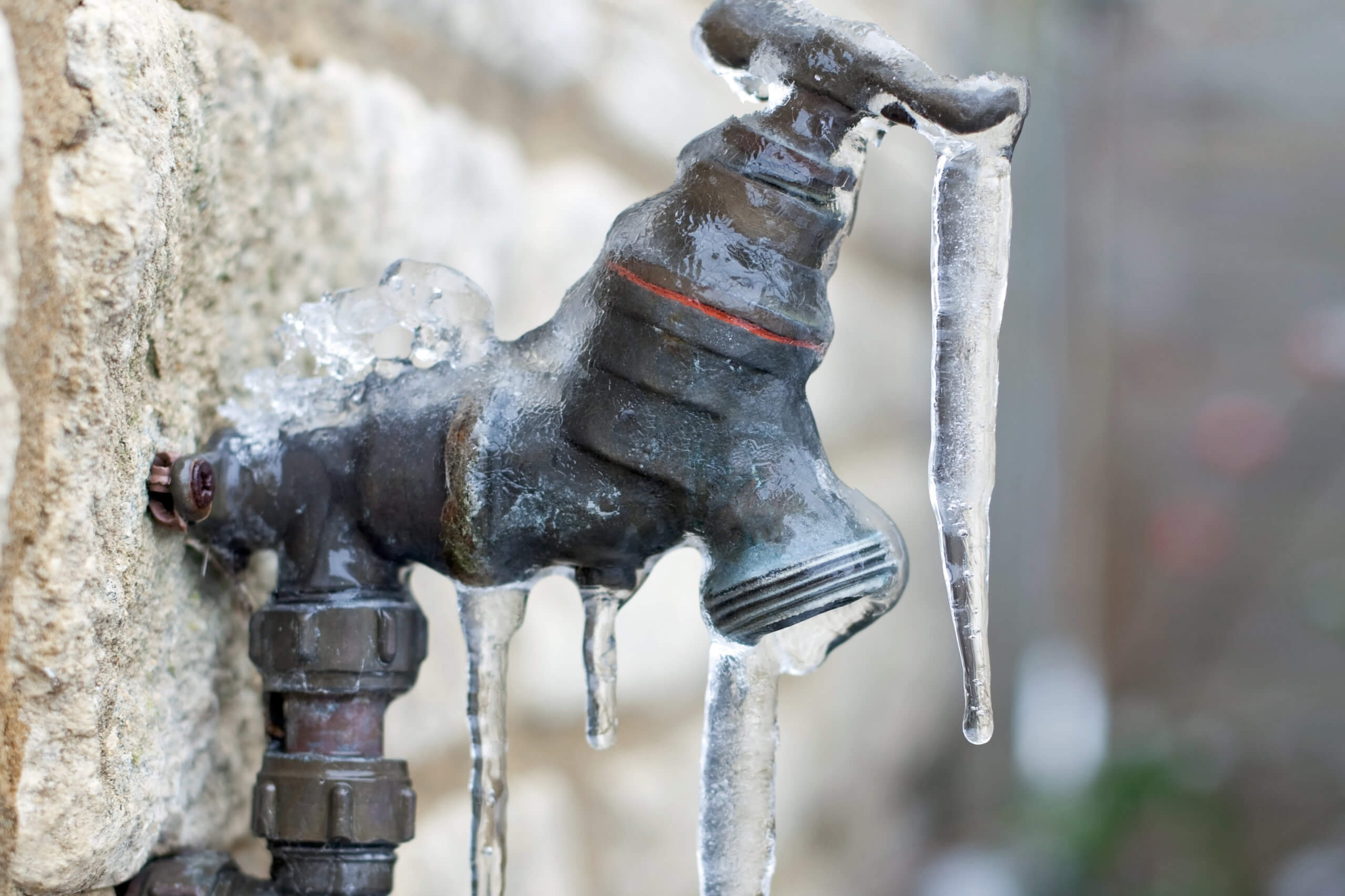Advice for Avoiding Frozen Plumbing in Winter: Specialist Advice
Advice for Avoiding Frozen Plumbing in Winter: Specialist Advice
Blog Article
This post down the page on the subject of Helpful Tips to Prevent Frozen Pipes this Winter is really fascinating. Check it out for your own benefit and figure out what you think of it.

Winter can wreak havoc on your pipes, particularly by freezing pipelines. Here's exactly how to prevent it from taking place and what to do if it does.
Introduction
As temperature levels decline, the danger of icy pipes boosts, possibly resulting in pricey repairs and water damage. Understanding exactly how to avoid frozen pipelines is crucial for homeowners in chilly climates.
Avoidance Tips
Protecting at risk pipes
Wrap pipes in insulation sleeves or utilize warmth tape to shield them from freezing temperatures. Focus on pipes in unheated or exterior locations of the home.
Heating methods
Maintain interior areas properly heated, specifically locations with pipes. Open cabinet doors to allow cozy air to distribute around pipes under sinks.
Just how to determine frozen pipelines
Search for reduced water circulation from taps, unusual odors or sounds from pipelines, and visible frost on subjected pipelines.
Long-Term Solutions
Architectural adjustments
Think about rerouting pipelines far from outside walls or unheated areas. Add extra insulation to attics, basements, and crawl spaces.
Upgrading insulation
Purchase high-grade insulation for pipelines, attic rooms, and wall surfaces. Correct insulation aids keep regular temperature levels and lowers the threat of icy pipes.
Safeguarding Outdoor Plumbing
Yard tubes and outside faucets
Separate and drain pipes yard hose pipes prior to winter. Mount frost-proof faucets or cover exterior taps with insulated caps.
Comprehending Icy Pipelines
What creates pipelines to ice up?
Pipelines ice up when exposed to temperatures listed below 32 ° F (0 ° C) for prolonged periods. As water inside the pipes freezes, it broadens, putting pressure on the pipe walls and potentially causing them to burst.
Risks and problems
Icy pipelines can result in water system interruptions, home damages, and pricey repair services. Ruptured pipes can flood homes and cause extensive architectural damages.
Signs of Frozen Pipeline
Recognizing icy pipes early can avoid them from rupturing.
What to Do If Your Pipes Freeze
Immediate actions to take
If you think frozen pipelines, maintain taps available to ease pressure as the ice melts. Make use of a hairdryer or towels taken in hot water to thaw pipes gradually.
Final thought
Avoiding icy pipelines requires aggressive procedures and quick feedbacks. By comprehending the causes, indicators, and preventive measures, homeowners can safeguard their pipes throughout cold weather.
5 Ways to Prevent Frozen Pipes
Drain Outdoor Faucets and Disconnect Hoses
First, close the shut-off valve that controls the flow of water in the pipe to your outdoor faucet. Then, head outside to disconnect and drain your hose and open the outdoor faucet to allow the water to completely drain out of the line. Turn off the faucet when done. Finally, head back to the shut-off valve and drain the remaining water inside the pipe into a bucket or container. Additionally, if you have a home irrigation system, you should consider hiring an expert to clear the system of water each year.
Insulate Pipes
One of the best and most cost-effective methods for preventing frozen water pipes is to wrap your pipes with insulation. This is especially important for areas in your home that aren’t exposed to heat, such as an attic. We suggest using foam sleeves, which can typically be found at your local hardware store.
Keep Heat Running at 65
Your pipes are located inside your walls, and the temperature there is much colder than the rest of the house. To prevent your pipes from freezing, The Insurance Information Institute suggests that you keep your home heated to at least 65 degrees, even when traveling. You may want to invest in smart devices that can keep an eye on the temperature in your home while you’re away.
Leave Water Dripping
Moving water — even a small trickle — can prevent ice from forming inside your pipes. When freezing temps are imminent, start a drip of water from all faucets that serve exposed pipes. Leaving a few faucets running will also help relieve pressure inside the pipes and help prevent a rupture if the water inside freezes.
Open Cupboard Doors
Warm your kitchen and bathroom pipes by opening cupboards and vanities. You should also leave your interior doors ajar to help warm air circulate evenly throughout your home.

Hopefully you enjoyed our part on 6 Ways to Prevent Frozen Pipes. Thanks a ton for taking time to read through our blog post. Are you aware of another person who is inquisitive about Winter Plumbing Precautions: Preventing Frozen Pipes? Do not hesitate to promote it. We enjoy your readership.
Request An Appointment Report this page